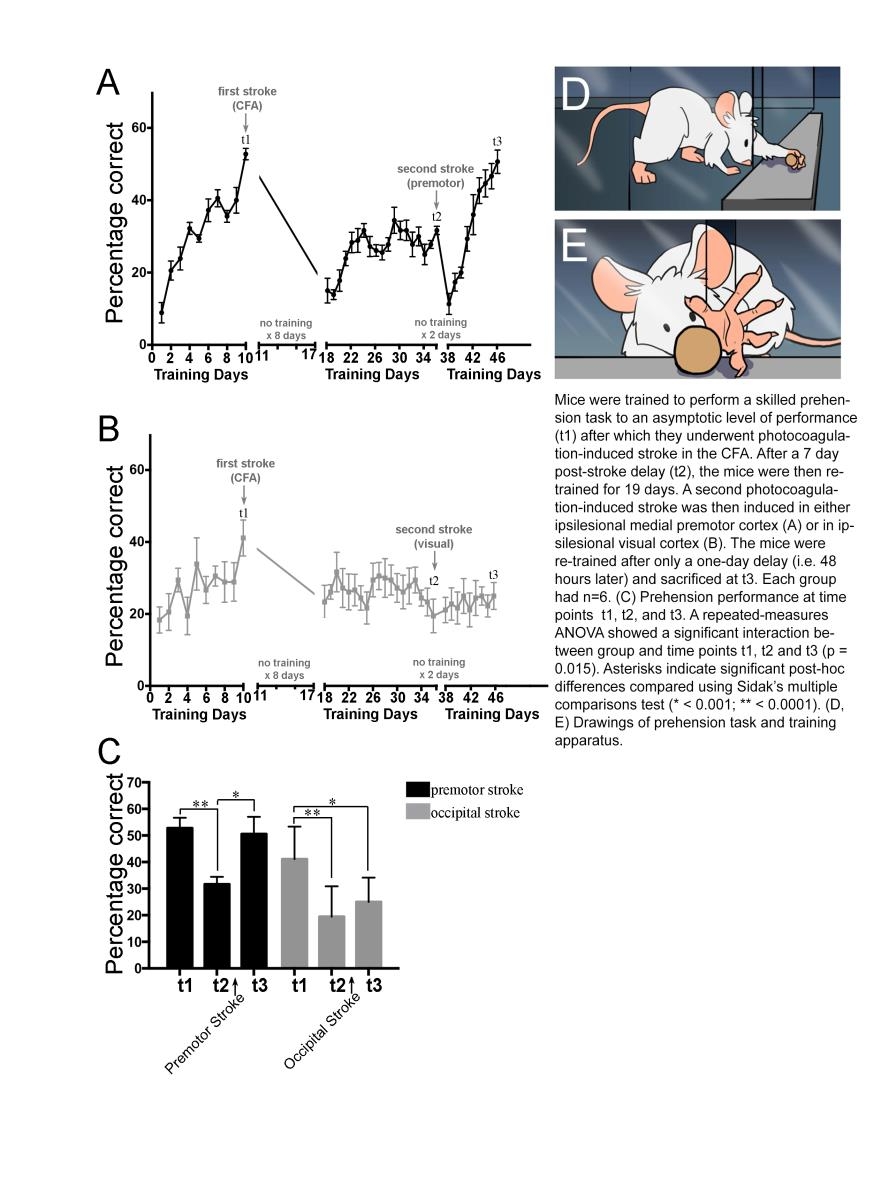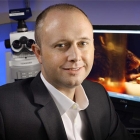You are here
Timing, Training, & Tinctures – Reorganization & Recovery After Stroke
Speakers
Abstract
Studies in humans and nonhuman animal models show that most recovery from impairment occurs in the first 1–3 months after stroke as a result of both spontaneous reorganization and increased responsiveness to enriched environments and training. Improvement from impairment is attributable to a short-lived sensitive period of postischemic plasticity defined by unique genetic, molecular, physiological, and structural events. Data suggests that there are hree important variables that determine the degree of motor recovery from impairment all else being equal: (i) the timing, intensity, and approach to training with respect to stroke onset, (ii) the unique post-ischemic plasticity milieu, and (iii) The extent of cortical reorganization. I will present data regarding both the biology of the brain’s post-stroke sensitive period and the difficult question of what kind of interventions best exploit this period. I will describe limitations of current post-stroke rehabilitation methods and suggest novel nterventions, which incorporate robotics, video-gaming, and pharmacological interventions including SSRIs and Cerebrolysin. Of import, Cerebrolysin has allowed us for the first time to model spontaneous recovery in an animal model of motor stroke.


